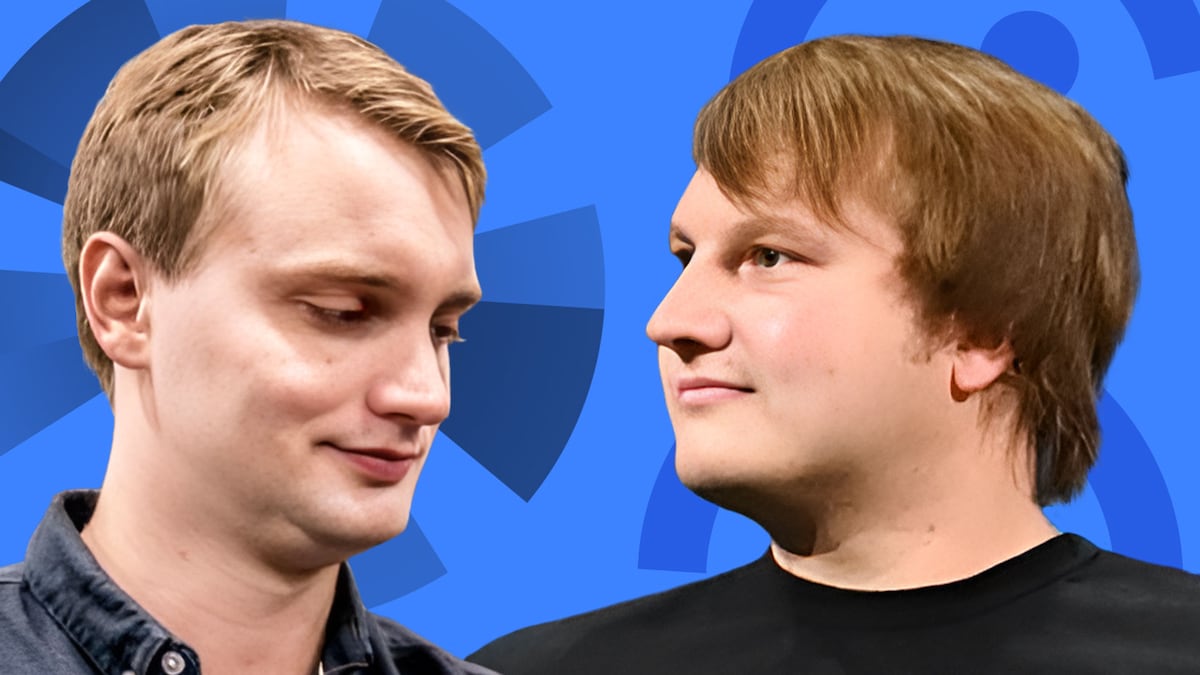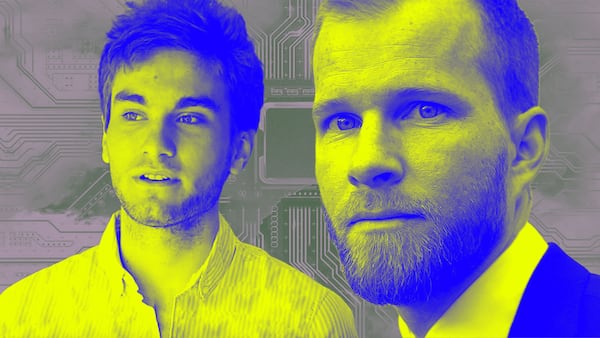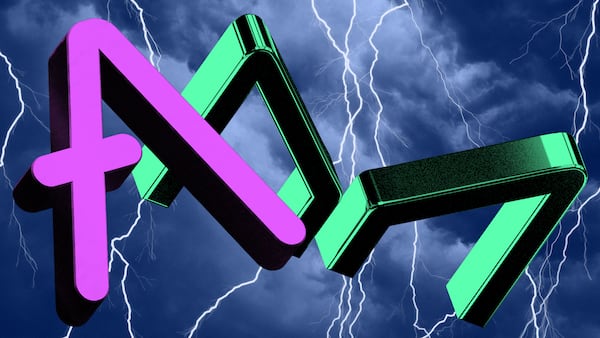- Aave and Maker have long been frenemies but rebrands and reboots have rekindled a bromance.
- DeFi stalwarts have demonstrated resilience and delivered revenue.
- What comes next may set the course for DeFi.
In the middle of a crypto confab in South Korea this month, the founders behind two of DeFi’s most influential protocols carved out precious time for something different — a live Starcraft II tournament.
Stani Kulechov, the founder of Aave, and Rune Christensen, the co-founder of Maker and its decentralised stablecoin DAI, haven’t always seen eye to eye.
But with the Starcraft tournament rocking, the two crypto OGs enjoyed their love of gaming and each other’s company.
“Stani is my bro,” Christensen told DL News on the sidelines of this year’s Token2049 event in Singapore.
“We’re DeFi bros,” said Stani in a separate interview.
Say again?
Risky proposal
For some time, the Aave and Maker communities have squared off over several heated issues.
In April, Maker drew flak for its risky proposal to buy up $1 billion of Ethena’s untested stablecoin. Then, in July, the Aave community claimed Maker wasn’t holding up its end of the bargain as part of a revenue-sharing agreement between the two.
At one point, Kulechov even supported a proposal to remove DAI from all Aave markets. This would have been a radical move given how integral the stablecoin has been in the lender’s businesses.
Tension eased, though, after Aave lowered how much DAI users could borrow, and the two eventually found common ground on the revenue-sharing agreement.
Now, the two projects are remaking themselves at a pivotal moment in the evolution of decentralised finance.
Under the newly launched Avara umbrella, Aave has morphed into a DeFi supermarket offering loans, a stablecoin, a crypto wallet and a social media network.
‘We have this DeFi renaissance moment where people are looking back at what’s been built in DeFi.’
— Stani Kulechov, Aave
And Maker, now called Sky, is bringing a brand new stablecoin to the market. The moves underscore how both projects emerged from the crypto crackup of 2022 with resilience and a plan.
While so many DeFi projects founder amid rug pulls, hacks, and obsolescence, Aave and Maker, er, Sky, have quietly built up businesses throwing off something rare in the space — revenue.
In the last year, Aave recorded $283 million on its top line, and Sky has notched a cool $233 million itself, according to DefiLlama.
So what better time for Kulechov and Christensen to clear the air?
“We have this DeFi renaissance moment where people are looking back at what’s been built in DeFi and what actually has legs and fundamentals,” said Kulechov.
“That’s Aave, and that’s Sky.”
Early days
Aave now sports $12.5 billion in TVL, or investor deposits, making it the biggest DeFi protocol after Lido, according to DefiLlama data. Sky is the fifth-ranked project with $5.7 billion. Sky and Aave were born out of the heady days of heavy coin creation in 2017.
While many crypto players indulged in the explosion of ICOs — initial coin offerings — these two projects fashioned lasting breakthroughs.
Sky, then called Maker, issued the industry’s first decentralised stablecoin, called DAI.
Aave, then called EthLend, enabled investors to lend and borrow their cryptocurrencies.
One offered dollars on the blockchain, the other simple banking.
From the outset, the two operated in complementary but distinct ways. One of Aave’s very first lending markets was for the DAI stablecoin.
The duo played critical roles during the DeFi summer in 2020, a period which saw the niche soak up almost $180 billion in investors’ money.
They stayed afloat as summer turned to an icy crypto winter in 2022, and more than 77% of that money fled the DeFi space.
The partnership between Sky and Aave began cooling the following year.
In May 2023, Sky launched its own lending and borrowing product called Spark Protocol. It even used code from Aave as part of a revenue-sharing agreement both protocols agreed to.
Spark aimed to boost DAI adoption by creating incentives that couldn’t be found elsewhere in the market.
Two months later, Aave struck back.
It launched its very own decentralised stablecoin called GHO in July 2023. Like DAI, GHO was an overcollateralised cryptocurrency pegged to the US dollar.
Suddenly, Sky and Aave were no longer operating in parallel to one another but colliding.
Working together
When the Maker community proposed backing $1 billion in DAI with the untested, high-yield stablecoin by Ethena, the Aave community proposed eradicating all DAI markets.
“The offboarding process should start immediately in case of a favourable outcome,” Kulechov wrote at the time.
After an analysis from Chaos Labs outlined the risk and proposed less drastic measures, Aave ultimately kept DAI, and there are still hundreds of millions of DAI sloshing around Aave today.
Broader space
“It’s about sending a message to the broader space,” said Christensen. “Sky and Aave can figure out how to work together.”
The budding friendship extends beyond the two founders. Aave and Sky announced a slew of new integrations to bring the two protocols closer, which is called Sky Aave Force.
The most notable for DeFi investors is the new incentivised USDS market on Aave.
The market will offer users competitive rates for the new stablecoin, token rewards from Sky and additional Aave rewards via its Merit Program. This program offers bonuses to users who use Aave’s stablecoin GHO or regularly vote in the DAO, for example.
It’s more than a technical integration, says Kulechov.
“It shows that there’s a lot of human composability. People are working together. It’s not just plugging the tech together.”
Liam Kelly is a DeFi Correspondent and Ben Weiss is a Dubai Correspondent at DL News. Got a tip? Email them at liam@dlnews.com and bweiss@dlnews.com.








